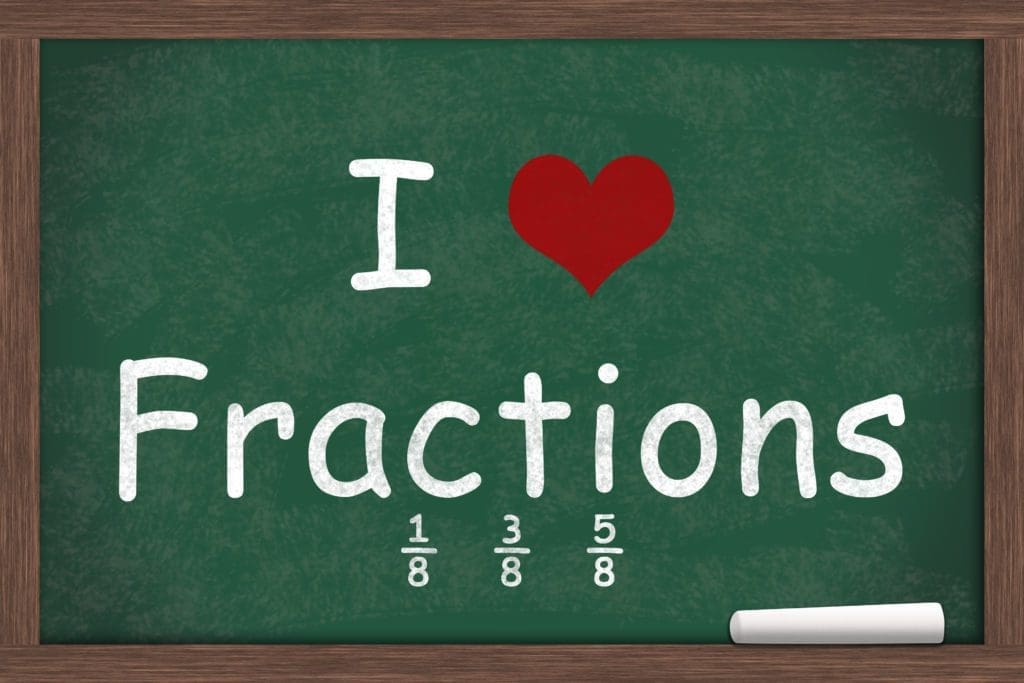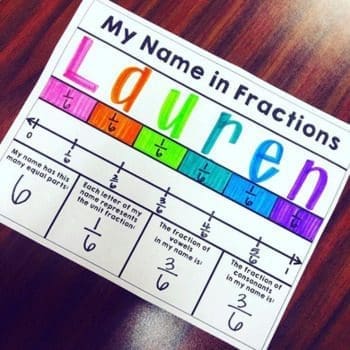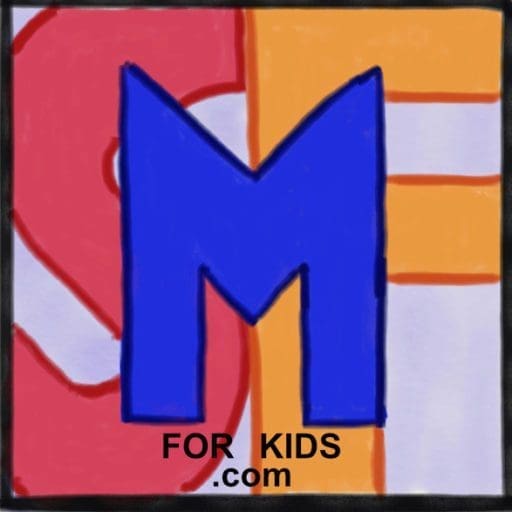
The Scientific American published an article called Fractions: Where It All Goes Wrong which gave a statistic saying that on standard fraction addition, subtraction, multiplication, and division problems 6th and 8th graders tend to answer correctly only about 50% of items. This once again is foundational learning that greatly affects students’ ability to do higher level math. In fact, fifth graders’ fraction knowledge predicts high school students’ algebra learning and overall math achievement. The entire article is a fascinating read about why fractions are so difficult for students and how it affects them later, but to me the question is how can we improve their understanding and ability to compute? How can we improve our teaching of fractions?
The first thing is that students must understand that fractions are numbers and have a place on the number line. See my post Fractions On the Number Line. for much more detail about this.
Secondly, as with most math concepts, students as a general rule, even ones who seem to be “getting it,” will benefit from much more time with hands on manipulatives and discovering how the numbers work. This is a concept that is best developed in small group where the teacher can guide the students in their play and discovery with the manipulatives.
Some of the best manipulatives you can have for teaching fractions are cuisenaire rods, fraction tiles, pattern blocks, geoboards, and fraction circles. (Follow the links for posts I have written about using each one.) The commercial game Fraction Formula is another one students love (they call it the scientist game) and that I have found to build solid understanding.
Educational Insights Fraction Formula Game
There are many other common items you can use for teaching real world applications of fractions, including playdough, legos, food (Hershey bars and clementine oranges both work very well in addition to the popular examples of pizza and cake,) and money (4 quarters equal $1 because each is 1/4 of $1)
For more specific activity ideas, You’ve Got This Math did a great series on building fraction sense through the use of manipulatives, number lines, visual models and benchmarks. See this article Three Steps For Teaching Numerators and Denominators
To explore the idea of equivalent fractions, see my post Teaching Equivalent Fractions
After you have built understanding of fractions, there are other great strategies to deepen and extend knowledge, including:
- physical activities such as fraction hopscotch
- games such as cover/uncover
- hands on art activities and projects (origami is my favorite)
- This is a great article from Math Minds about incorporating fractions into number talks in upper elementary

Online Games for Teaching Fractions
Math Playground Fraction Games
Fraction Fling on abcya- matching fractions to models
Illuminations Fraction Game- combining and comparing fractions, can be played from 3rd-8th grade level
Greg Tang Satisfraction. Four levels of difficulty from identifying fractions to multiplying/dividing fractions
More Resources For Intervention
Intensive Intervention: Fractions As Numbers
More Resources For Enrichment
Fractions Unpacked from NRICH– activities to deepen conceptual understanding of fractions
Books For Teaching Fractions
- Whole-y Cow Fractions Are Fun
- Fraction Action
- Give Me Half
- The Wishing Club: A Story About Fractions
- Jump Kangaroo Jump
- Hershey Fractions (many read aloud versions available on YouTube)
- Full House: An Introduction to Fractions
- Pizza Counting
- Piece=Part=Portion
- The Lion’s Share
- Polar Bear Math
- Apple Fractions
- Go Fractions
- Multiplying Menace: The Revenge of Rumpelstiltskin
- Fractions in Disguise
- A Fraction’s Goal- Parts of a Whole
- My Half Day
- Fractions in Trouble
- Mary Clare Likes to Share
- Funny and Fabulous Fraction Stories
Ready to explore Equivalent Fractions?
